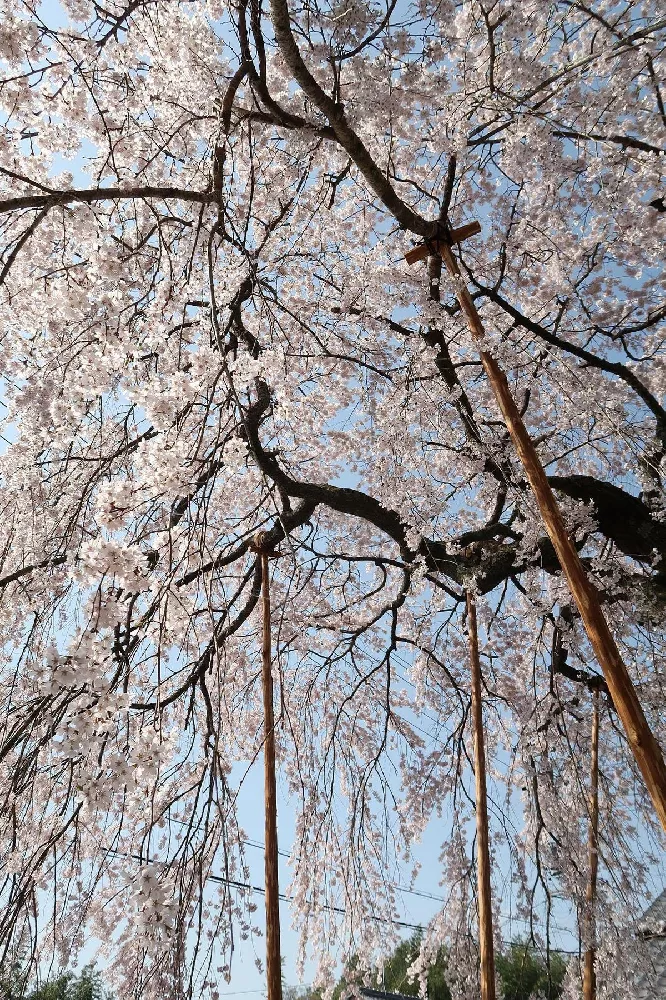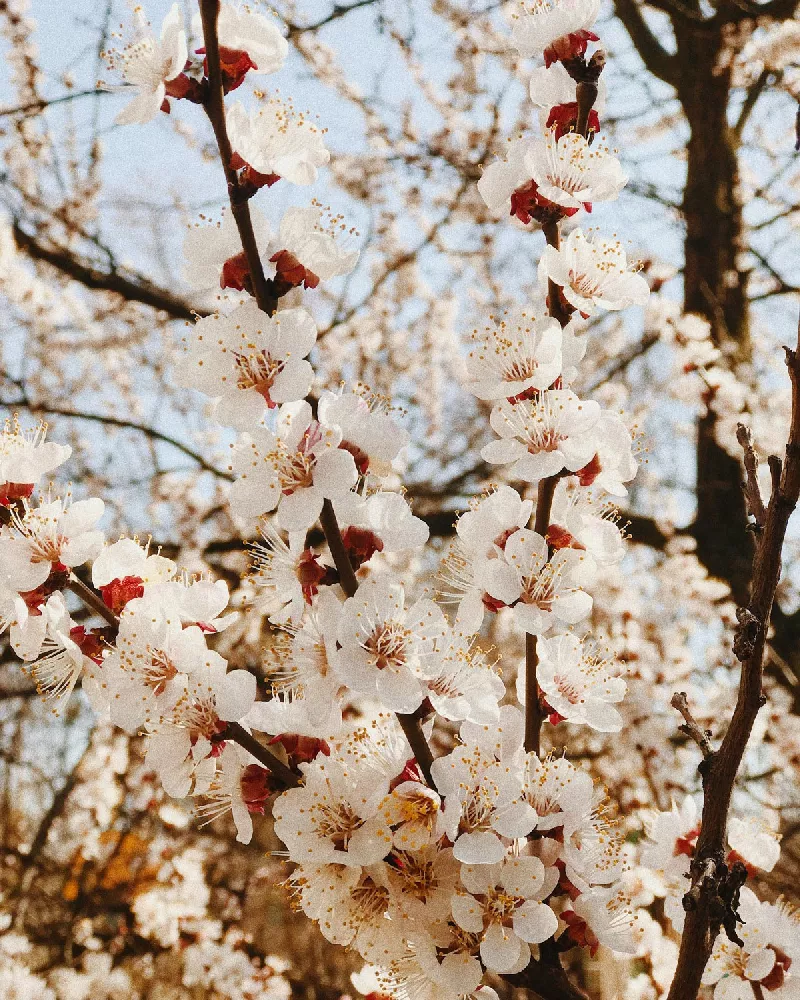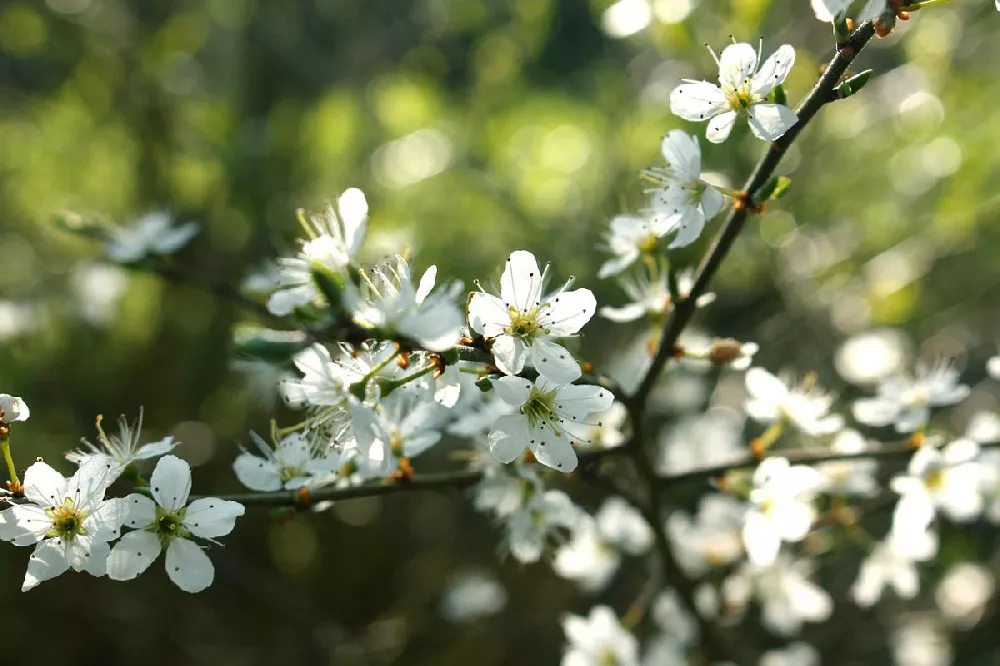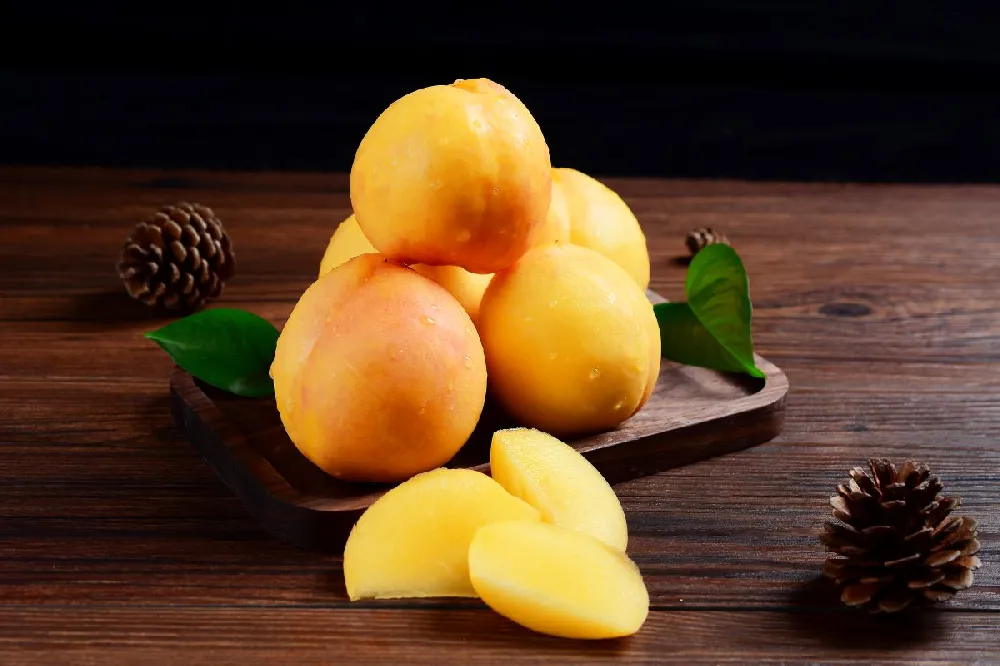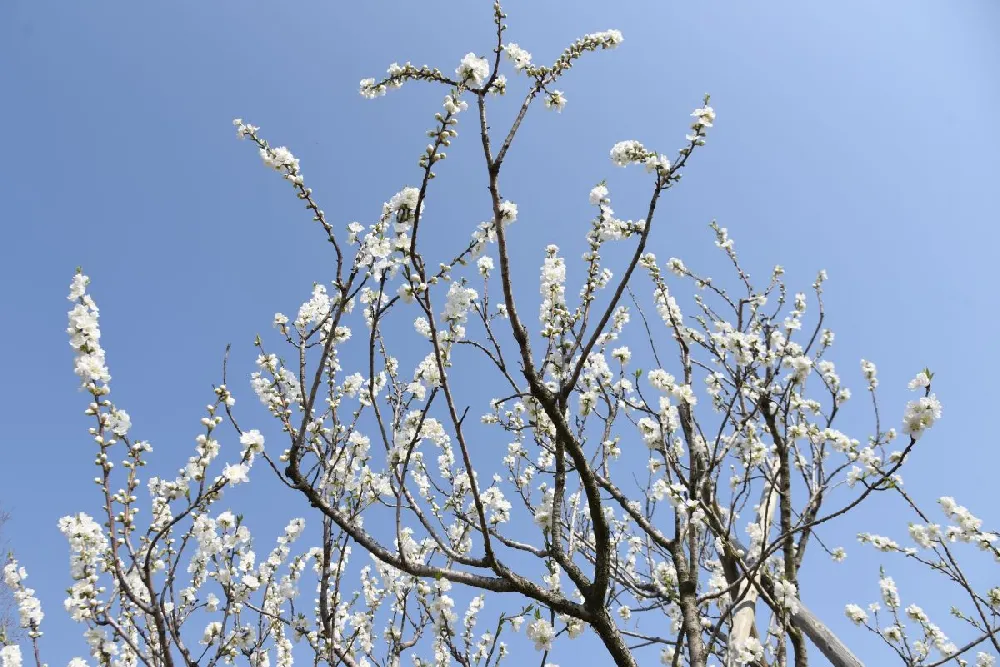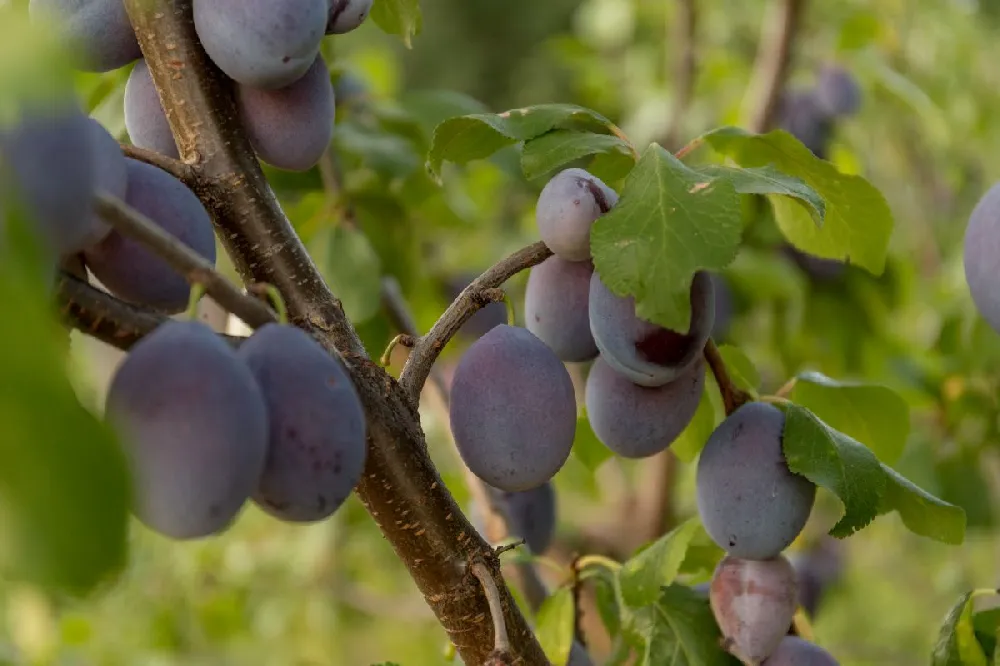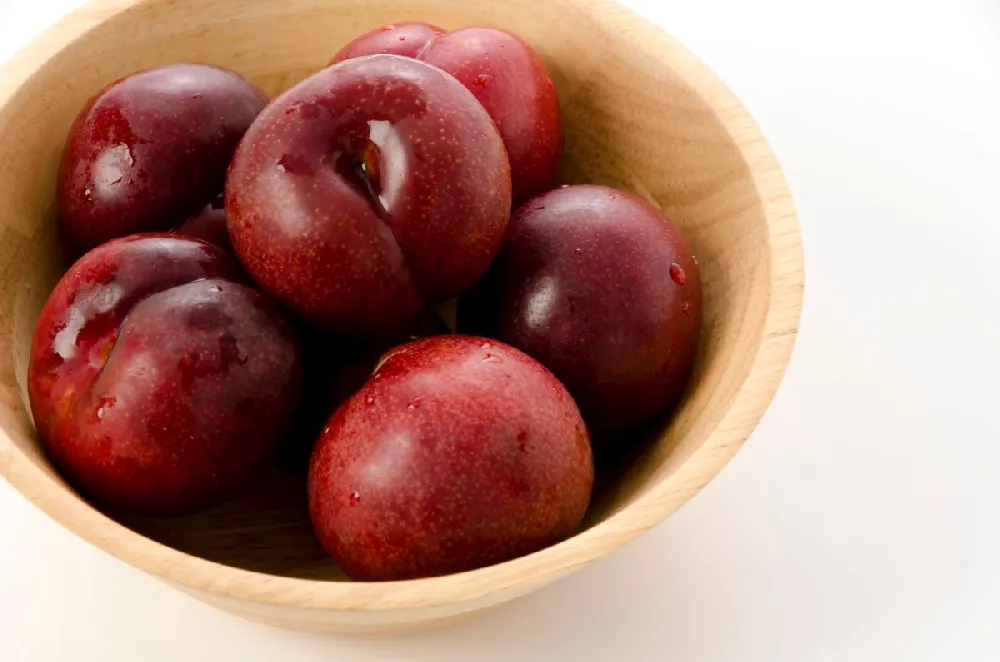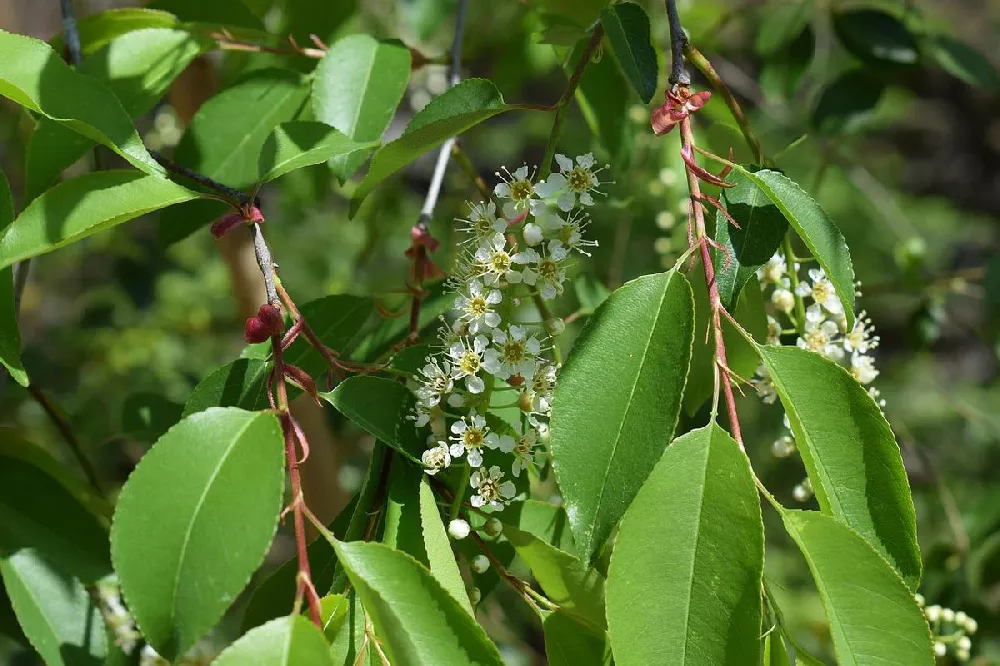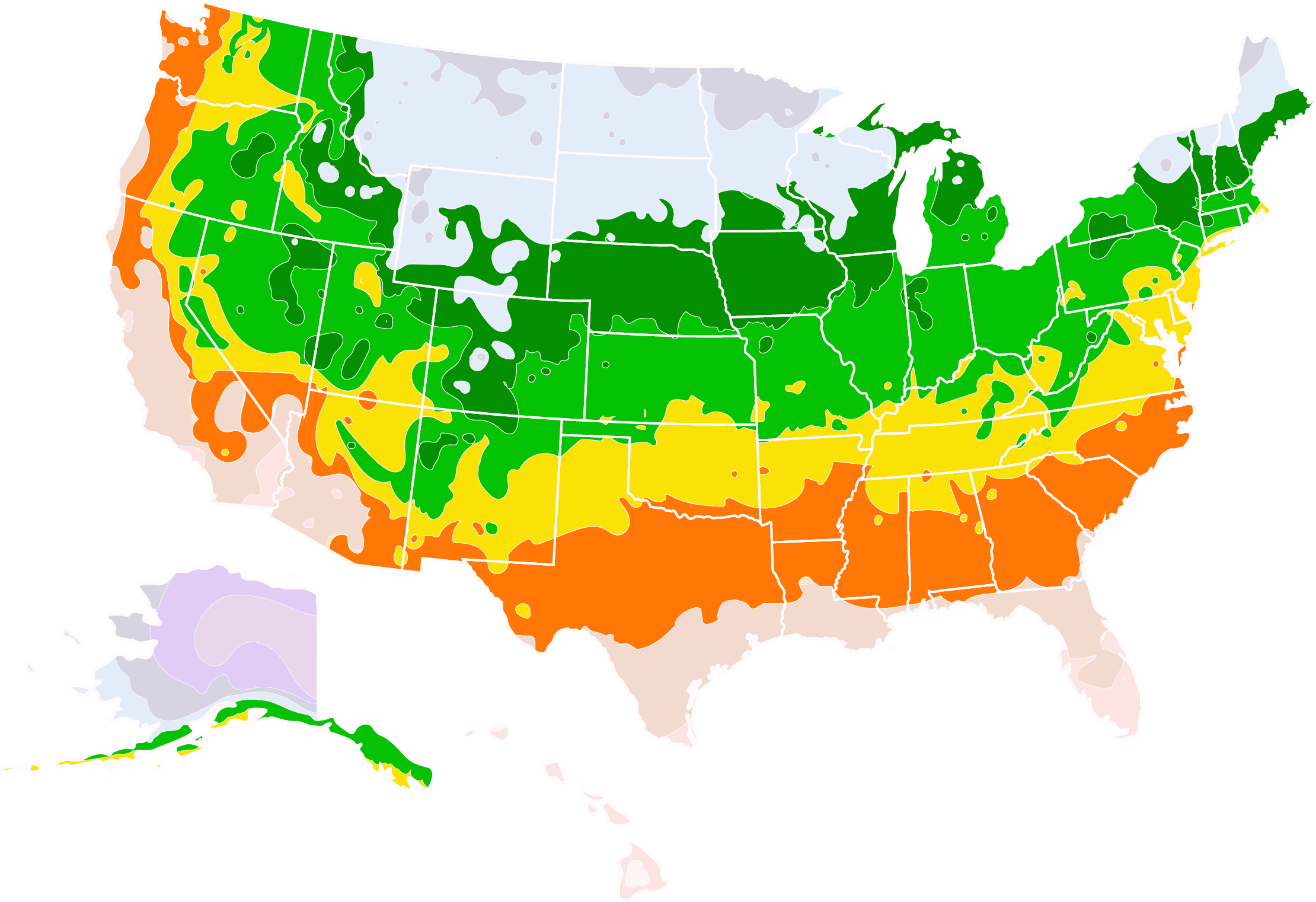- Home >
- Flowers >
- Spring Flowers and Trees >
- White Weeping Cherry Tree
White Weeping Cherry Tree for Sale - Buying & Growing Guide
Few trees offer as spectacular a spring show as the white weeping cherry tree ‘Prunus subhirtella var. pendula’. When in bloom, it's like watching Niagara Falls — but made out of creamy white flowers. As a specimen tree in a sunny front yard, it has no equal. The arching limbs can drape as far as the ground if left unpruned, and give this graceful tree unparalleled form and texture. After the blooms end, the tree still presents a lovely informally tousled silhouette, with dark green leaves that turn golden-orange and red in fall. In winter, after the leaves drop, the waterfall-like nature of the branches is highlighted, making this truly a tree for all seasons. Here are a few more reasons to invite a white weeping cherry tree into your landscape:
- It is tolerant of a range of soil types and not picky as to where it is grown.
- It is an easy-to-care-for tree that needs little special maintenance.
- The white weeping cherry tree is hardy down to -10 degrees Fahrenheit.
Enter your zip code to find nearby stores that may carry this plant.
Plant Care
Sunlight

The white weeping cherry tree thrives in full sun, with at least six hours of direct light a day.
Watering
There's no need to fertilize the tree for the first two years; after that, fertilize with a high-nitrogen product.
Fertilizing

Fertilize your cardboard palm throughout the growing season with a product designed for houseplants.
Planting and Care
Planting instructions
Although these trees are not picky, they will grow best in slightly acidic soil that is moist and well-drained, in a spot that receives at least six hours of sunlight a day. Unpot your sapling and tease out any encircling roots, which can girdle the tree and slowly kill it. Dig a hole that’s as deep as the root ball and twice as wide. Mound up a small amount of soil in the hole and place the tree on it, splaying out the roots as much as possible. Fill in around the roots with good-quality topsoil, tamping down as you go to eliminate air pockets. Water thoroughly. Apply a 2- to 3-inch layer of an organic mulch, such as bark chips, around the root zone to conserve moisture and hinder weeds.
Watering and nutrients
A mature tree needs about an inch of water a week. If you don’t get this from rain, give the tree a good soaking — but not so much water that puddles form near the trunk. Water more heavily if you’re experiencing drought-like conditions or a heat wave. In winter, you can taper back your watering. Fertilize your tree with a high nitrogen fertilizer to encourage blooming, roughly a tenth of a pound for each year of the tree’s age. Apply in spring, before bud break.
Pollination
White weeping cherry trees are pollinated by honeybees. The trees are self-fertile, but produce more fruit if there is more than one tree. Unfortunately, that fruit — small black berries — is inedible. Weeping cherry trees do not produce edible cherries like regular fruiting cherry trees.
Pruning
Your white weeping cherry tree needs less pruning than a regular cherry tree. You should monitor your tree for dead, broken, or diseased branches and remove them whenever you see them. You can also trim back the weeping branches — they should be kept at least 6 inches from the ground to avoid fungal infections. You can do light trimming to improve the shape of the canopy while the tree is still small, but this is optional.
Pests and diseases
Common pests of the weeping cherry tree include aphids, Japanese beetles, and spider mites. Some of these can be dealt with by releasing beneficial insects such as ladybugs, which feed on aphids. Insecticides will also help, as a last resort. Diseases that may occur include Cytospora cankers and Verticillium wilt, both of which are fungal in nature. If you see signs of infection, cut out the infected branches, sterilizing clippers between cuts. Keep the area around the base of the tree free from debris, and consider using a fungicide if the infection seems severe.
Achieving maximum results
Placing your white weeping cherry tree in the appropriate spot is important. You want it in full sun, with fertile soil that drains well and doesn’t allow the tree to stand in water following a rainstorm. But you also want to consider the aesthetics of this tree, which cannot be put in the background. Your weeping cherry will always be the center of attention, especially when in bloom, so consider placing it in a high point on your property or in a spot that is highly visible from the road. It can handle standing on its own, but a grouping of three would be spectacular in spring. It’s also a worthy tree to consider for Asian-inspired gardens or as a loose privacy hedge along the border of your property. Wherever you place it, know that it will be at the center of attention for much of the year, so plan accordingly.
FAQs
Where can the white weeping cherry tree be grown outside?
White weeping cherry trees are hardy in USDA hardiness zones 5 through 8. This includes most of the U.S., with the exception of parts of the upper Midwest and the southernmost points in the continental U.S. The tree is hardy in any spot that doesn't receive temperatures lower than -10 degrees Fahrenheit, which means it can be grown as far north as coastal Maine and the Pacific Northwest.
How big will my white weeping cherry tree get?
These trees can achieve a mature height of up to 30 feet, with a diameter of up to 25 feet, if they are well cared for. They may not achieve their full height and width if they receive less sun than they'd like, but they are tolerant of some shade.
How long does a white weeping cherry tree live?
Most flowering cherry trees have a life expectancy of 15 to 20 years, but your white weeping cherry tree may considerably live longer than this. They do not grow as fast as other flowering cherries and thus reach maturity later than they do. The trees also tolerate temperature changes more readily than most ornamental cherries, meaning they are less likely to succumb to bad weather conditions.
Compare Similar Products
Customer Reviews
 I love this tree. It was my first choice
I love this tree. It was my first choiceI love this tree, however I didn't have much luck with it. It died on me. However I would love to try it again.
You can't add more Product Name - Product size to the cart.
OK